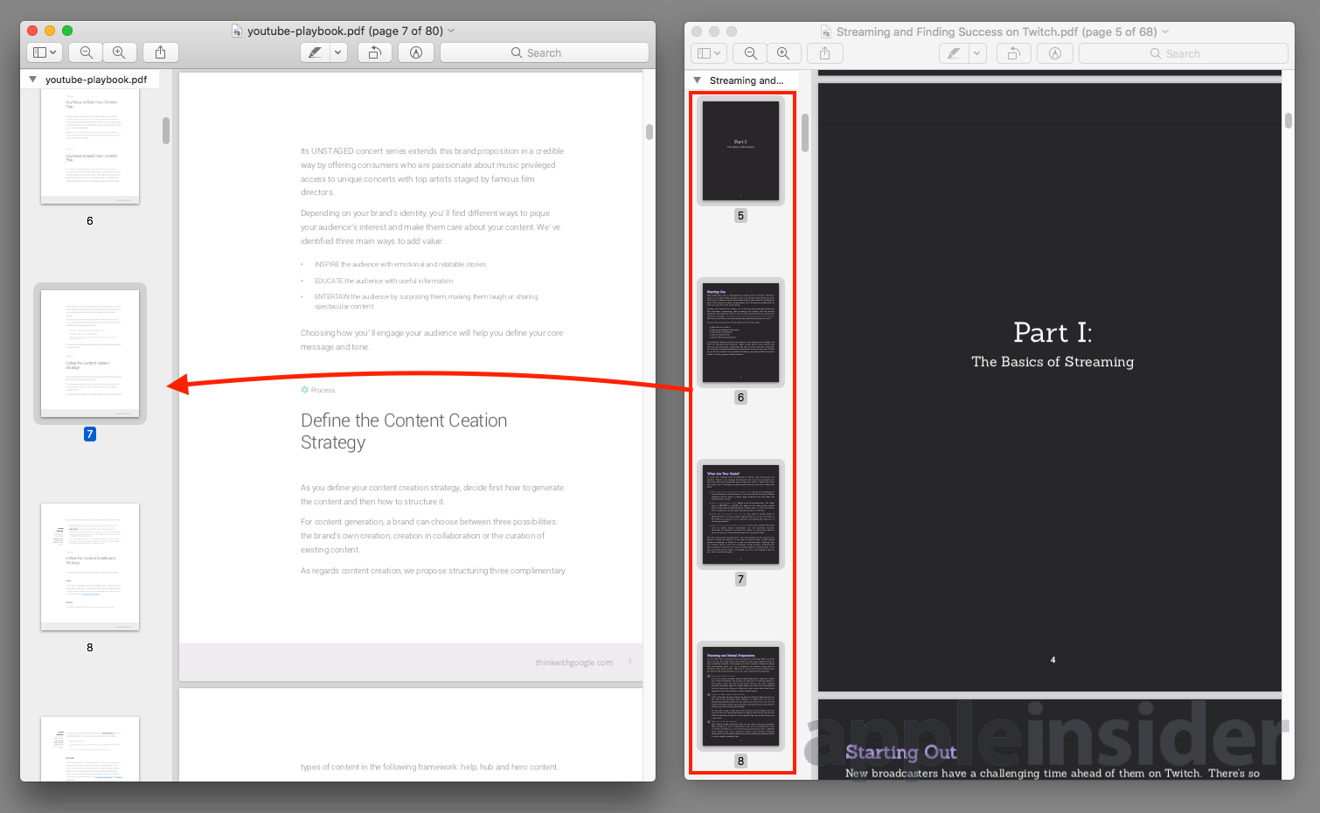
Most Picture Styles include a certain amount of sharpening as standard. Normally when shooting JPEGs on your Canon EOS camera, the sharpening is done in-camera by the chosen Picture Style. Sharpness – this control makes the edges of your subject appear more defined, and controls the overall clarity of detail in the scene. Lastly, there’s a control which you may or may not need for sharpening your image. You can use this in conjunction with the Saturation slider – decrease the Saturation so you have a black-and-white image, then add Sepia and you'll get a traditional sepia effect. If you use it on colour image it will give faded nostalgia-type look to the image. Sepia – this allows you to add a sepia tint onto the entire image. However, if the area that you click on is not a neutral tone then it will introduce a colour cast. If you click on this and then click on the part of the image that needs to be a neutral grey colour it will adjust the image's white balance automatically for you. To the left of the word 'Tint' is a little pipette symbol.

However, it can be useful when shooting under fluorescent light. This control is not one that's often used. Tint – this allows you to bias the image between green and magenta colour shifts. cooler in temperature, whilst taking it to the right makes it more amber, i.e. If you take the slider to the left the image becomes more blue i.e. Temperature – this allows you to adjust the colour temperature of your image.

If you take the slider all the way to the left the image will become black-and-white. Saturation – this allows you to increase (slide to the right) or decrease (slide to the left) the intensity of the colours. Next are four controls which affect the colours in the image. there are solid black areas – you won't be able to retrieve any extra detail. However, try not to overdo it as you can increase the noise if you lighten the shadows too much. It's useful for lifting shadows where you need to see more details. Shadows – this allows you to make dark areas within the image lighter. It's a useful control however, if an area is burnt out you will find it has very little effect as this tool cannot recover detail that simply doesn't exist. Highlights – this allows you to adjust the very bright parts of the image and make them darker if necessary. Sliding to the left decreases the contrast and taking it right increases the amount of contrast. Moving to the left makes the image darker and right makes it brighter.Ĭontrast – this increases or decreases the difference between the lightest areas and darkest areas of the image.

The top sections has four controls which affect the exposure of the overall image.Įxposure – this makes the image either lighter or darker depending on which way you go. This image shows the original position of the sliders, for reference. You then have various sliders available for further adjustments.

(Note: it’s greyed out if you haven’t made any adjustments.) Best of all, if you try it and you don't like what it does, at the very bottom of the window there's a button called ' Reset all' – click on this Reset button and your image file will revert to how it looked when you first opened it. If you are new to adjusting images, it's worth trying this because much of the time this tool actually does a very good job of getting the image looking good. Underneath the histogram there is a button marked ' Auto levels'.
FIND PREVIEW ON MAC MAC OS
> 20 years of Mac OS X, digital PDF files themselves are used frequently, but ordinary consumers don’t print as many papers anymore.This brings up a nice simple tool palette.Īt the top of this palette window you have a histogram and, if you are experienced with a program such as Photoshop, you can use the little triangles at the bottom of the histogram to adjust the shadows (left triangle), midtones (middle triangle) and highlights (right triangle) just as you would in Photoshop. PDF was really made for printing documents, and it was supposed to be a replacement for the old ps (PostScript) standard. And yeah, you can open it in Preview, or even skim through pages with the Cover Flow view in Finder (which was an iTunes feature at first, since you were scrolling through Album covers, probably meant to resemble browsing LP records in a physical records store - typical Steve Jobs). You can save anything to PDF from the File menu, even if I make a five-liner native Swift Hello World app in Xcode, it will be able to print right there and also save that as a PDF. This means you can have really hi-res screenshots, for real. It’s not just Preview: you can save screenshots as PDF as a default is you switch it on in the OS configuration. MacOS X had a lot of cool things in it all from the start (and then all sorts of even better things iteratively were added on), one of which was the PDF display rendering.


 0 kommentar(er)
0 kommentar(er)
